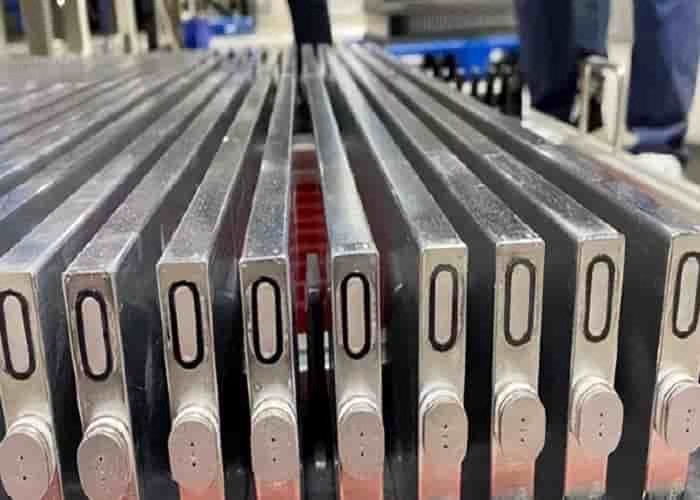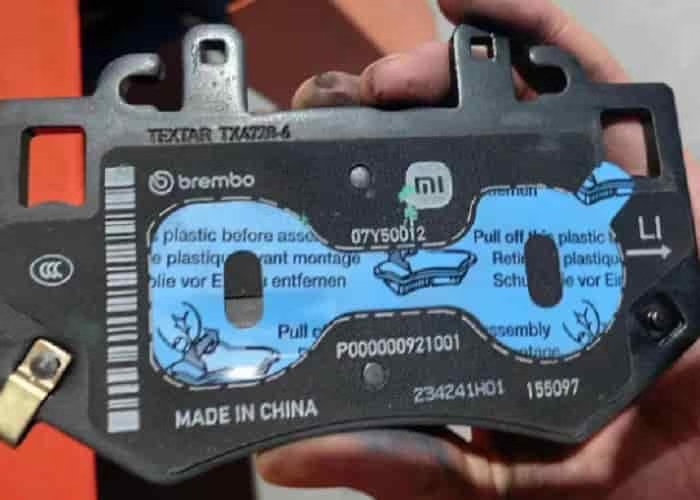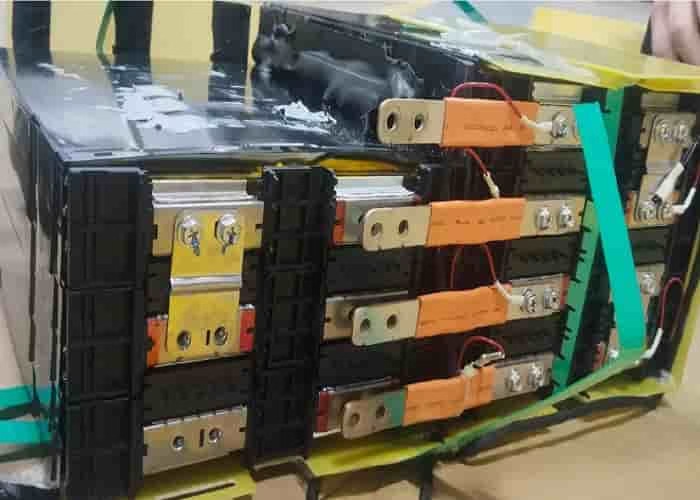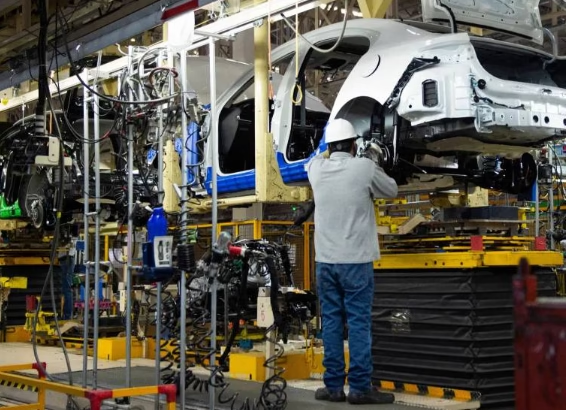What are the challenges faced by lightweight materials in the application of new energy vehicle body parts? Lightweight materials in the application of new energy vehicle body parts face cost, recycling and supply chain challenges, which are analysed below:
Lightweight materials such as carbon fibre composites and titanium alloys are expensive. Take carbon fibre composite materials as an example, its preparation cost is much higher than traditional steel, which makes the whole vehicle manufacturing cost increase significantly. In the environment of fierce competition in the new energy vehicle market, the rising cost will directly affect the selling price and market competitiveness of the vehicle, which is not conducive to the promotion and application of lightweight materials.
The processing and connection process of lightweight materials is complex, requiring the introduction of new production lines and technologies. For example, magnesium alloy, its welding and connection difficulty is significantly higher than other metal materials, traditional processing technology is difficult to meet the requirements, and the domestic process maturity is insufficient.
In the realization of lightweight at the same time, must ensure the structural strength of the vehicle, crash safety and durability. Although high-strength steel can ensure safety, but the weight is large; carbon fibre composite materials are light and high strength, but high cost and processing difficulties. How to find the best balance between these properties is a key challenge for lightweight design. If excessive pursuit of lightweight and the use of insufficient strength of the material, may not be able to effectively protect the car passengers in the event of a collision.
The recycling technology of some lightweight materials, such as carbon fibre composites, is still immature, with high recycling costs and low efficiency. This not only leads to waste of resources, but also may cause environmental problems. In the context of the rapid development of new energy vehicles, the use of such materials in large quantities will have a negative impact on sustainable development if they cannot be recycled effectively.
What are the challenges of using lightweight materials in new energy vehicle body parts? The supply chain of lightweight materials is relatively imperfect, and the stability and quality of raw material supply is at risk. Some new lightweight materials may be in short supply due to an imperfect supply chain, affecting automakers‘ production plans; and material suppliers may not be able to improve and optimise materials in a timely manner according to automakers’ needs.
















Leave a Reply